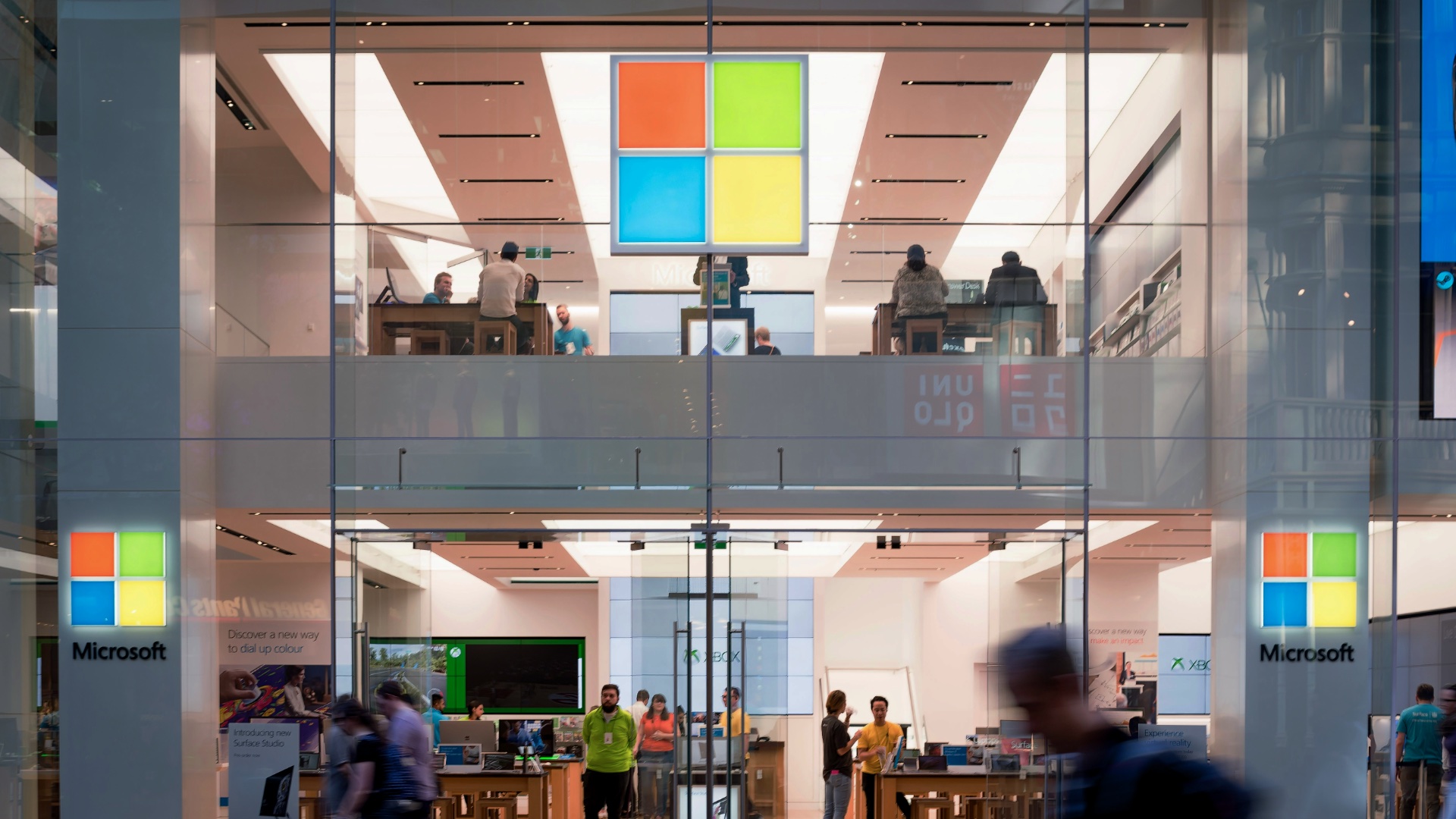Technology changes faster than budget cycles and public opinion can plunge a brand in a matter of hours. In such an environment, reputation has become one of companies’ most valuable assets. It is no longer just about good financial performance or product quality – how a company is perceived by customers, regulators and employees increasingly determines its market value.
The problem is that, while boards declare that reputation is of strategic importance, the actual investment in building and protecting it remains surprisingly low. The latest ‘Approaching the Future 2025‘ report shows that companies are still failing to translate awareness of the importance of intangible assets into consistent action and measurable results.
Reputation as a 21st century asset
For decades, the value of a company was based on tangible assets – factories, machinery or infrastructure. In the digital economy, the proportions have reversed. According to the data, up to 61% of management professionals consider reputation to be the most important intangible asset. It determines a company’s ability to attract talent, win investors and maintain customer loyalty.
Increasingly, reputation is being treated as an element of competitive advantage as important as innovation or access to capital. Paradoxically, however, the more people talk about its importance, the harder it is to find organisations that can really manage it in a systemic way.
Gap between priority and practice
Declarations are not matched by action. Only 48% of companies allocate sufficient resources to reputation management. In practice, this means that a reactive approach still prevails – companies deal with reputation when there is a crisis, rather than building sustainable monitoring and protection mechanisms.
The biggest challenge remains the lack of consistent indicators. Only one in four organisations include reputation in the strategic scorecard, treating it as a KPI alongside sales or EBITDA performance. As a result, reputation remains something abstract, often identified solely with PR activities.
Why is reputation so difficult to measure?
One reason is the lack of universal methodologies. Some companies rely on customer surveys, others on media analysis or trust indexes. The problem is that the results are often not comparable and difficult to integrate into standard reporting processes.
The second barrier is the fragmentation of responsibility. PR, HR, ESG and compliance tend to operate in separate silos, with reputation intertwining all these areas. Without an integrated approach, it is difficult to have a complete picture
Finally, new sources of risk further complicate the situation. Disinformation, accusations of greenwashing or data transparency issues can change the narrative around a company in a matter of hours. Reputation management in the age of social media and instant public reaction is far more complex than it was a decade ago.
Digital catalyst: reputation in the age of AI and social media
The digital economy is setting a new pace for reputation. Social media can instantly amplify a positive message, but just as quickly turn a single incident into a global crisis. Examples of companies losing billions of dollars of stock market capitalisation in a single weekend after an image mishap are becoming more common.
Artificial intelligence presents both an opportunity and a threat here. On the one hand, AI tools are being developed to monitor online sentiment and predict reputational crises. On the other, it is AI that is accelerating the emergence of new risks, such as deepfakes or generative disinformation campaigns.
Paradoxically, the report indicates that while AI is a priority for boards, few companies invest in the competence and ethical framework for its use. Reputation thus becomes hostage to a technology whose potential is not fully controlled.
Reputation as part of risk management and market value
In recent years, investors and regulators have begun to look at reputation not just as a soft indicator, but as a factor that has a real impact on business risk. It is increasingly linked to the area of ESG, where a lack of credibility can result not only in media criticism, but also in financial or legal consequences.
For technology companies, the stakes are particularly high. User trust determines the scale of digital product adoption, and reputational risk can directly affect stock market value or the cost of capital. Reputation is also becoming a critical factor in the battle for talent – especially among younger generations, who are increasingly concerned with the credibility and values of employers.
What’s next? Directions for technology companies
The report makes it clear that reputation needs to go beyond PR and be integrated into strategic processes. This implies several steps:
- Integrating reputation into scorecards – treating it as a KPI alongside financial and operational indicators.
- Building cross-functional teams – combining communications, ESG, compliance and cyber security competences.
- Investment in measurement tools – from social media monitoring to AI analytics for sentiment.
- Proactive approach – reputation management not only in a crisis, but as an ongoing process of building trust.
Companies that treat reputation as a real asset will gain resilience to market shocks and a competitive advantage that is difficult to copy.
Reputation in the digital economy is a currency that companies can multiply or lose from day to day. The problem is that they still treat it as a soft value – something that is talked about but not accounted for. Meanwhile, its importance to investors, regulators and employees is growing faster than the rate of investment in management tools.
The future belongs to organisations that learn to treat reputation like cyber security or innovation – not as a cost, but as a strategic investment. Because in an economy based on trust, reputation is the currency that cannot be added to.












